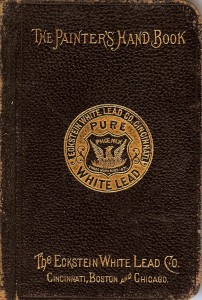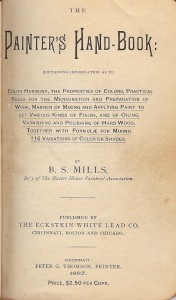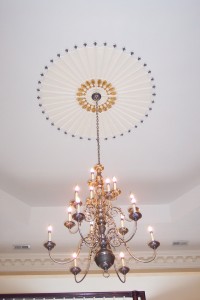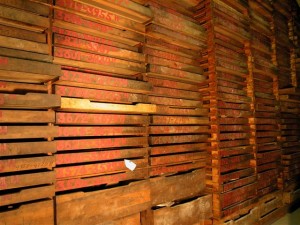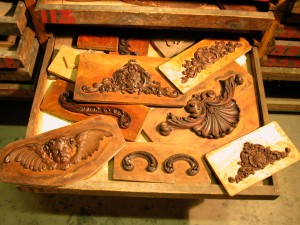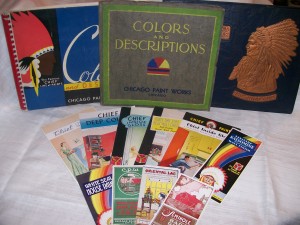There is a great array of faux finishes that talented decorative painters can produce with today’s state-of-the-art products and methods. Custom Mural Groupings are a little-known form of decorative finishing and much under used.
What is a custom grouping? It is a hybrid between mural painting and faux finishing. It consists of a series of related paintings that, when combined into an arrangement, become greater than the summation of its parts. In other words, each painting can individually stand on its own. However, when combined, each piece enhances the esthetic appeal of the other pieces, as shown in these two pictures.
How did Painting in Partnership come across a project like this? First, during the course of the client’s last house painting project, a picture molding was installed above the fireplace, thereby creating an empty space of about 50 inches by 70 inches above the fireplace. Watching a television show, she got the idea of creating a custom grouping. She then communicated her idea to Lori Vieceli, her interior designer, who suggested to use a stylized leaf pattern as a theme for the grouping. This is how the idea for this custom mural grouping was born!
From this point until installation day, all conversations were held between Lori and Painting in Partnership. Lori trusted the company’s decorative painting skills and our partnership approach to house painting. We proceeded to develop sketches of the paintings, color distributions and a final sample of what a finished painting would look like, so she could ensure we were on track with the client’s vision.
From the time that the sample was approved by Lori, until the day of installation, she never felt the need to see any of the decorative painting work. This was the best measure of our success on this project: a totally relaxed designer, with a reputation at stake!
What did the work entail? First we primed the boards and painted them the same color and sheen as the matting. Our mural painter then sketched and painted the backgrounds of all the leaves. Our decorative painter then created a two-color stippled finish for each leaf. As a final step, our muralist painted the veins on all the leaves. This an example of how Painting in Partnership lives up to its slogan of “We paint in Partnership wit YOU!”







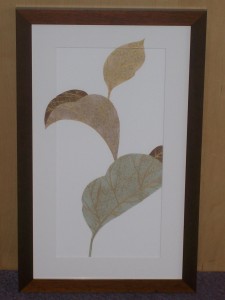
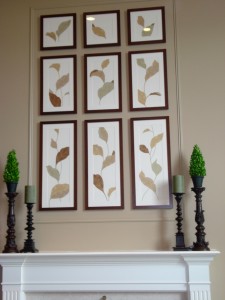
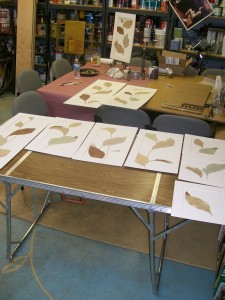
 Follow
Follow

